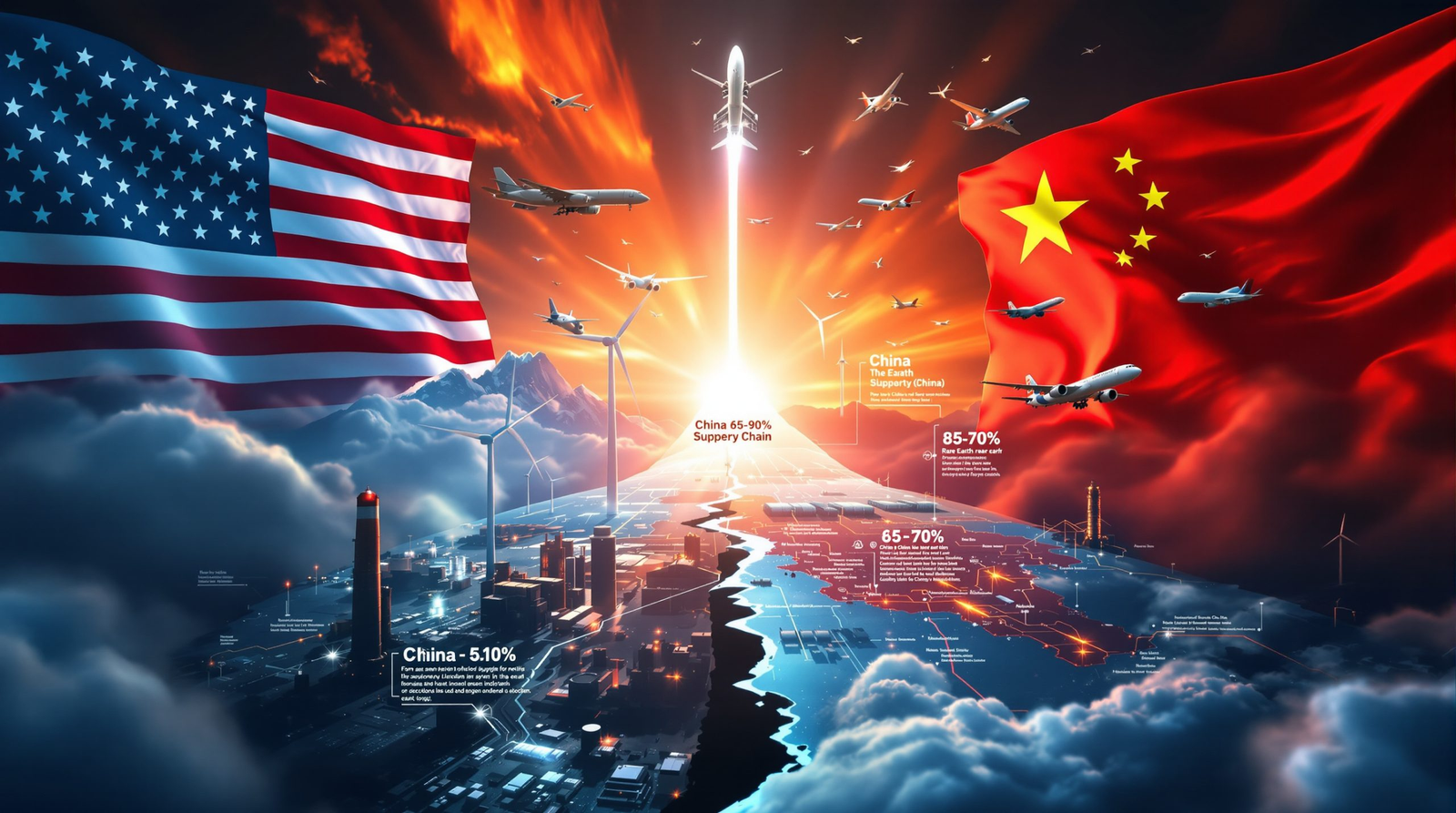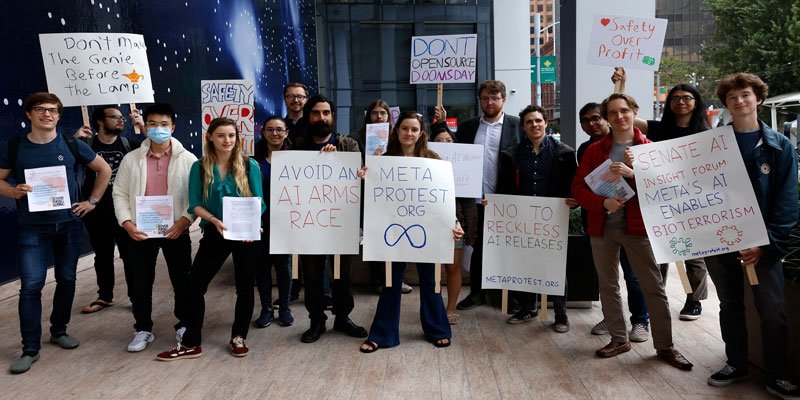
China Tightens Grip on Rare Earths Amid Escalating Trade War
China has intensified its control over rare earth exports, particularly dysprosium, amid a dramatic escalation in the ongoing U.S.–China trade war, fueling global market turmoil and fears of deeper economic decoupling.
Dysprosium, a critical rare earth element used in high-performance magnets and semiconductor manufacturing, lies at the heart of the latest flare-up. While China does not produce 99% of all dysprosium globally, it controls roughly 60% of global production and an estimated 90% of refining capacity. More importantly, it processes nearly 99% of the ultrapure dysprosium used in semiconductor capacitors—giving Beijing considerable strategic leverage in the tech supply chain.
As trade tensions soared in late 2025, Beijing imposed stricter export controls on dysprosium and other key minerals. In response, U.S. President Trump announced sweeping 100% tariffs on Chinese imports and expanded export restrictions on critical U.S. software, exacerbating fears of a full-scale trade conflict.
Markets reacted sharply. The S&P 500 and Nasdaq posted their steepest single-day losses since April, wiping over $2 trillion from U.S. equities. Tech giants like Apple, Tesla, Nvidia, and AMD—highly reliant on Chinese manufacturing—led the selloff with drops of 3% to 8%. The selloff rippled through financial and industrial sectors, with investors rapidly offloading risk assets amid growing uncertainty.
China defended its rare earth policies as compliant with global trade norms, while accusing Washington of “weaponizing national security.” Beijing signaled it is prepared for a prolonged standoff, citing record rare earth exports and its commanding position in critical mineral processing.
The growing standoff threatens global supply chains and raises the specter of decoupling between the world’s two largest economies. As both sides dig in, analysts warn of rising inflation, supply shocks, and a possible collapse in diplomatic dialogue—deepening risks for global markets and growth.











